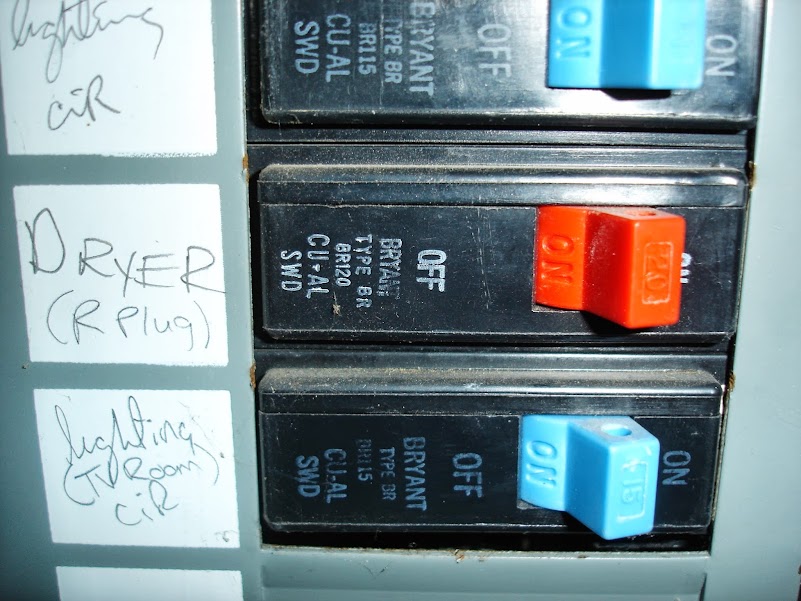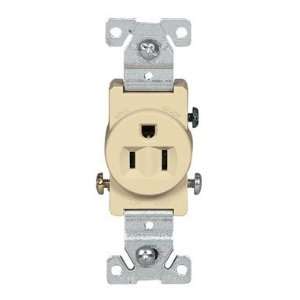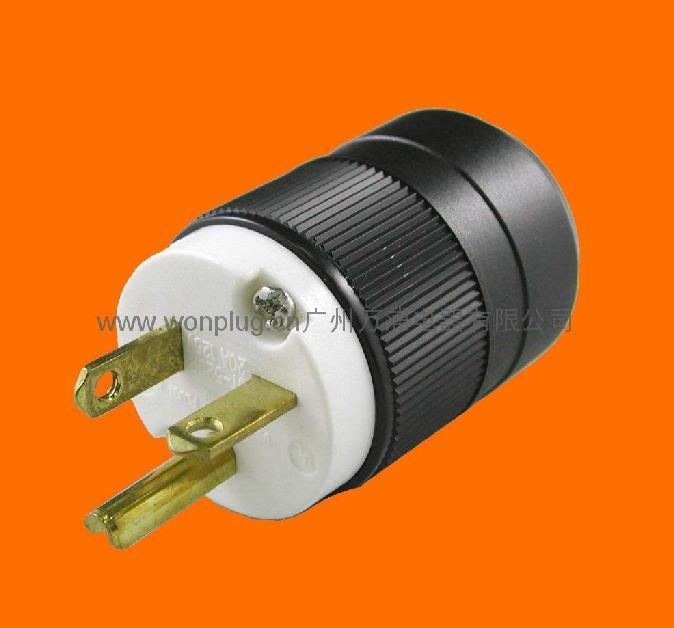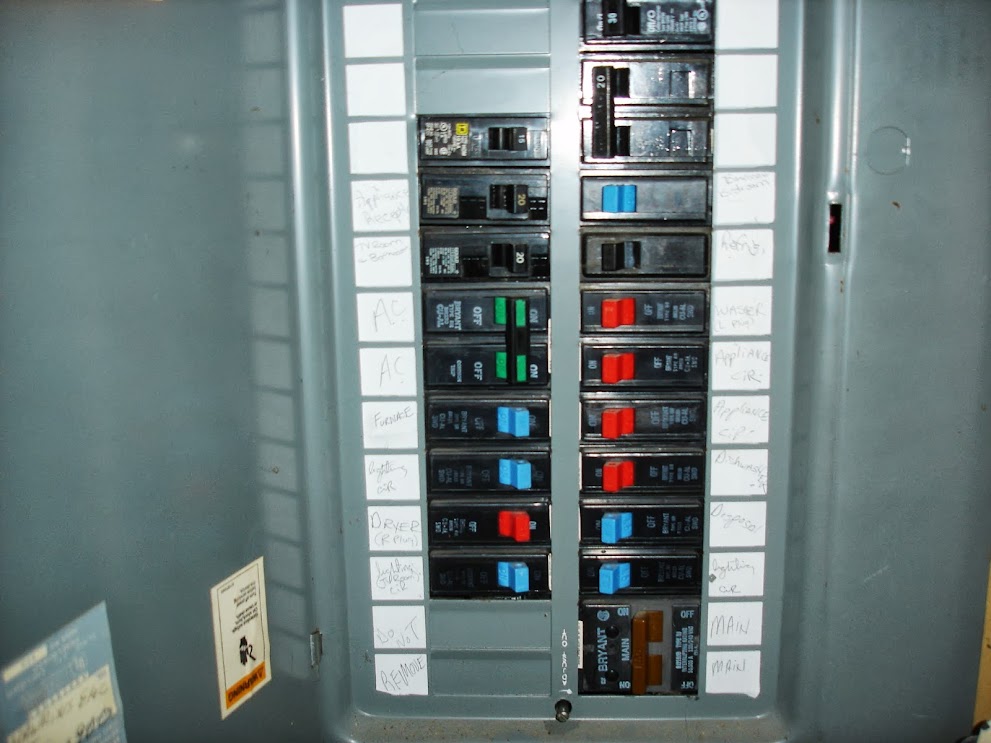So my wife and I just recently bought a house and moved in. It fit all our needs except I seemed to miss the electricity part in my planned brew area.  It's unfinished basement area and there is some power about 20 feet away. So I am looking for some electric people to help me out and tell me if this will work or not for a little while
It's unfinished basement area and there is some power about 20 feet away. So I am looking for some electric people to help me out and tell me if this will work or not for a little while
Currently the gas dryer pulls 9A/1080 watts. It (at least according to the circuit breaker) is on its own 15 amp circuit. My Keg fridge pulls 4.5 amps at 115 volts, so thats 518 watts. If I were to plug the fridge in, when both are on I would be at 89% capacity or so, which to my limit knowledge is not ideal, right? The second part to this equation is that I would be running it over an extension cord (12 gauge 25 ft). So is this ok, or am I gonna need to wait until I can have an electrician come and run some new outlets? Thanks in advance for the help, and yes I know its probably not legal/up-to-code to do this (although its not going through walls or haning from the ceiling), but i am more worried about whether it is safe or not.
 It's unfinished basement area and there is some power about 20 feet away. So I am looking for some electric people to help me out and tell me if this will work or not for a little while
It's unfinished basement area and there is some power about 20 feet away. So I am looking for some electric people to help me out and tell me if this will work or not for a little whileCurrently the gas dryer pulls 9A/1080 watts. It (at least according to the circuit breaker) is on its own 15 amp circuit. My Keg fridge pulls 4.5 amps at 115 volts, so thats 518 watts. If I were to plug the fridge in, when both are on I would be at 89% capacity or so, which to my limit knowledge is not ideal, right? The second part to this equation is that I would be running it over an extension cord (12 gauge 25 ft). So is this ok, or am I gonna need to wait until I can have an electrician come and run some new outlets? Thanks in advance for the help, and yes I know its probably not legal/up-to-code to do this (although its not going through walls or haning from the ceiling), but i am more worried about whether it is safe or not.








